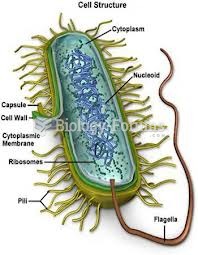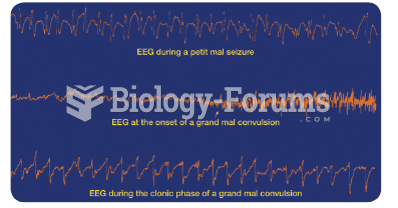|
|
|
In 1864, the first barbiturate (barbituric acid) was synthesized.
In the United States, an estimated 50 million unnecessary antibiotics are prescribed for viral respiratory infections.
Illness; diuretics; laxative abuse; hot weather; exercise; sweating; caffeine; alcoholic beverages; starvation diets; inadequate carbohydrate consumption; and diets high in protein, salt, or fiber can cause people to become dehydrated.
Asthma-like symptoms were first recorded about 3,500 years ago in Egypt. The first manuscript specifically written about asthma was in the year 1190, describing a condition characterized by sudden breathlessness. The treatments listed in this manuscript include chicken soup, herbs, and sexual abstinence.
Nearly 31 million adults in America have a total cholesterol level that is more than 240 mg per dL.







